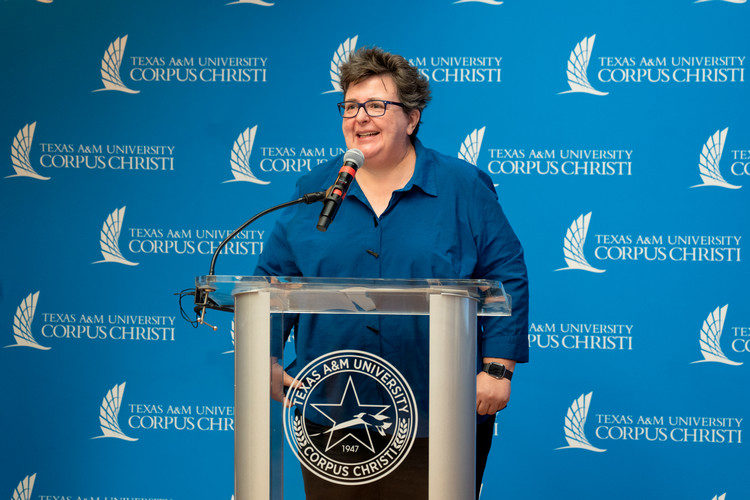Island University Researcher Uncovers Hidden Botanical Treasures in the Food Chain
Island University Professor, Barnabas Daru, Turns Herbarium Specimens into big Data
Microbiomes influence key aspects of plant biology including their fitness, contributions to ecosystem functions, roles in human uses, and responses to global change. However, little is known about the historic distribution of microbes associated with plants through time, limiting our understanding of how microbial diversity responds to global change. Massively mobilized herbarium records are an underused resource that hold the promise of revealing how microbial communities respond to rapid shifts in climate due to human activity. Dr. Barnabas Daru, assistant professor of Biology at Texas A&M University-Corpus Christi is working on research that will use pressed herbarium specimens of marine plants (seagrasses and mangroves) as sources of big data by analyzing the diversity of microbiomes, with the aim of understanding how climate change and urbanization have affected the microbiomes of marine plants along coasts and estuaries of North America spanning the past 120 years.
CORPUS CHRISTI, Texas – For decades, the Earth’s environment has been changing rapidly as a result of human activities, such as urbanization, pollution, and habitat destruction. However, our knowledge of how our species
“An example of exciting research done in this field includes tracking how the flowering times for our crops' wild relatives have changed over time,” said Daru. “A change in flowering time has huge implications for food production since effective crop pollination, including fruits, vegetables, seeds, nuts, and oils, depends on an accurate match between pollinators and crops.”
Daru has also conducted similar research into understanding the way plants are distributed, along with how conservation efforts should be set to protect them because of their key roles in the food chain. To do this, he used pressed plant samples preserved in the Island University’s Ruth O’Brien Herbarium, a museum for storing plants. The herbarium contains over 8,000 specimens, which are invaluable to Daru’s research.
“The collections in the Ruth O’Brien Herbarium are a hidden treasure of the unique natural history of the Texas Coastal Bend, with specimens of both land and marine plants, such as seagrasses, marsh plants, and black mangroves," explains Daru. “The Coastal Bend is a region that has a unique environmental and ecological gradient. In this region alone, we sometimes experience hurricanes, extreme heat events, extreme cold events, and flooding events. We don’t know how plants are responding to these environmental changes and the botanical collections kept behind the scenes in the Ruth O’Brien Herbarium will provide clues to unearth these effects.”
The research also served as a proof of the concept that data could be pulled from these herbarium specimens to uncover the natural history of microbial diversity, which are not only crucial to plants for healthy growth and protection from herbivores, but, in turn, are useful as sources of
“I’ve always dreamed of publishing in this journal,” said Daru. “Being able to not only be in the

























